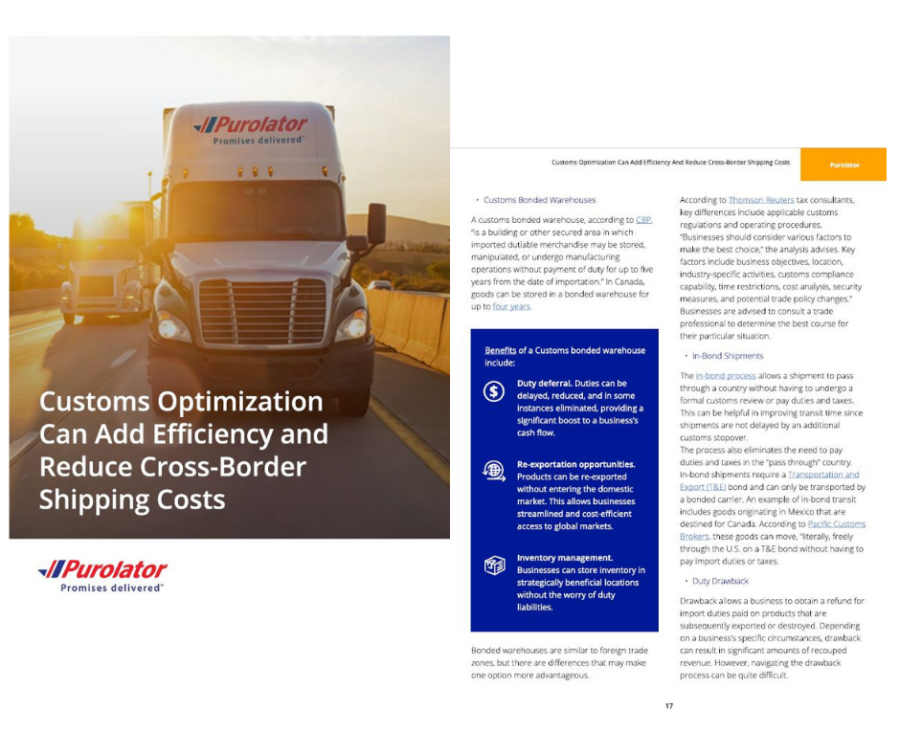Are You Paying More in Customs Duties Than You Need To?
Customs compliance is an unavoidable part of cross-border trade, but with a little help, it can be a smooth and even cost-efficient process. That’s because opportunities exist to reduce, sometimes even eliminate, duty and tax obligations while also streamlining paperwork and documentation requirements.
Businesses can improve their clearance efficiency through a customs optimization process. This involves having a qualified trade professional such as a customs broker, compliance expert or experienced logistics provider review their shipments and identify all applicable trade incentives, government programs, and shipping strategies.
A U.S. business may find, for example, that its Canada-bound shipments qualify for duty-free status under the United States-Mexico-Canada Agreement (USMCA). A Canadian business may discover that ground shipments originating in Mexico can move through the United States as in-bond shipments, thereby avoiding a stop at U.S. customs. Or, a business may be eligible for duty drawback, which refunds import duties paid on products that are subsequently exported. These are just three examples of the many options available to qualified businesses.
An optimization process may also identify logistics efficiencies. This includes determining whether the buyer or seller should pay customs fees and duties, and taking advantage of benefits available to low-value shipments and shipments transported by express carriers.
Our new white paper, “Customs Optimization Can Add Efficiency and Reduce Cross-Border Shipping Costs,” delves into the many programs and processes that can add efficiency to the clearance process.
Many businesses are missing out on valuable benefits to which they are legally entitled. This white paper provides important information that could unlock significant savings and efficiencies.

